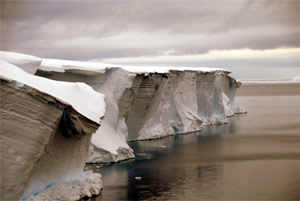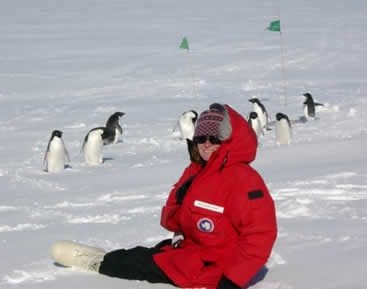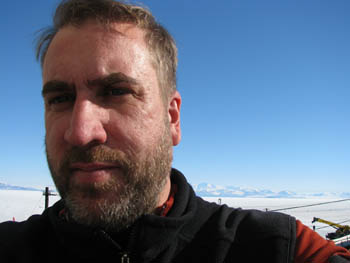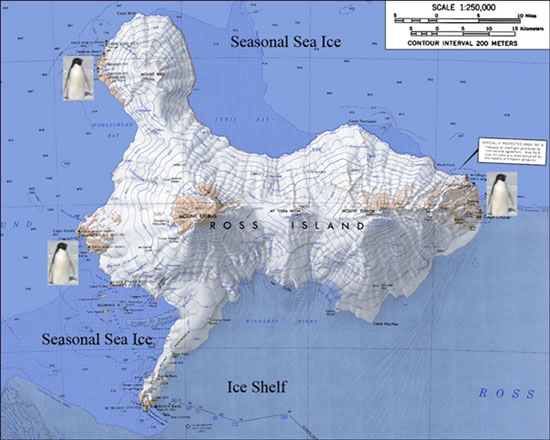 |
|
| Antarctica is unique. It's cold. It's remote. And for the most part it is covered with ice. And because it's unique, there are a lot of interesting things to learn about it. Scientists studying Antarctica and science educators with expeditions are sending virtual postcards to Windows to the Universe describing what it's like to do science in Antarctica and what they are learning about the place. Take a look at the postcards from the research expeditions listed below to read all about it. | |
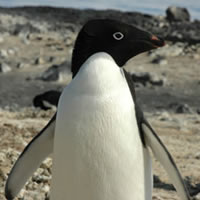 |
Adelie Penguins of the Antarctic 2008-2009The Penguin Science team is again in Antarctica studying the Adelie penguins of Ross Island. Led by Dr. David Ainley, the team is looking at how Adelie penguins are coping with climate change as well as making a documentary film. Educator Jean Pennycook will be sending in virtual postcards to Windows to the Universe describing her experience this season as the chicks hatch and grow. |
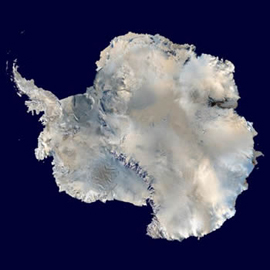 |
Tracking Changes in Antarctic Ice SheetsThe POLENET project is collecting GPS and seismic data from remote sites on the Antarctic and Greenland ice sheets. These measurements will help the team model how much ice was lost over the past 10,000 years since the last major ice age. Combining this data with information gathered by satellites will allow POLENET to figure out how the ice sheets are changing in response to recent climate change. During late 2008, Kelly Carroll will be sending in virtual postcards to Windows to the Universe describing his experience with this research. |
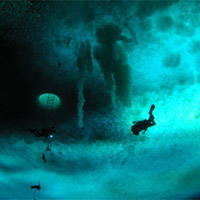 |
Solving Polar Fossil MysteriesSally Walker and colleagues are studying how fossils form on the seafloor of chilly polar oceans. They will be in Antarctica from October until December 2008 exploring below the sea ice to get to the bottom of this mystery. Sally Walker will be sending in virtual postcards to Windows to the Universe describing this research. |
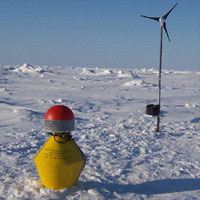 |
Drilling through Antarctica's Pine Island Glacier to learn about Ice Sheets and Sea Level ChangeBob Bindschadler and twelve of his colleagues from the U.S.A. and Britain are studying ice sheets in Antarctica to gather data that will help us make better predictions of future sea level changes. The group of scientists will place instruments on and beneath Pine Island Glacier in the Amundsen Sea Sector of West Antarctica during December 2007. |
 |
Adelie Penguins of the Antarctic 2007-2008Starting in mid-November, the Penguin Science team will again be in Antarctica studying the Adelie penguins of Ross Island. Led by Dr. David Ainley, the team is looking at how Adelie penguins are coping with climate change as well as making a documentary film. Educator Jean Pennycook will be sending in virtual postcards to Windows to the Universe describing her experience this season as the chicks hatch and grow. |
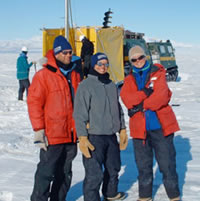 |
Drilling Below Antarctica to Learn About Climates of the PastScience educators on a research immersion experience with the Antarctic Geological Drilling Project (ANDRILL) will be sending in postcards while they are in Antarctica from October 2007 until January 2008. The project team is drilling into sedimentary rocks below the ice of the Ross ice shelf to help us learn more about the environmental changes that have affected the continent in the past. |
 |
Adelie Penguins of the Antarctic 2006-2007From December 2006-2007 the Penguin Science team, led by Dr. David Ainley, was in Antarctica studying the Adelie penguins of Ross Island and how they are coping with climate change as well as making a documentary film. Educator Jean Pennycook sent postcards to Windows to the Universe describing her experience and how the chicks hatch and grow. |








